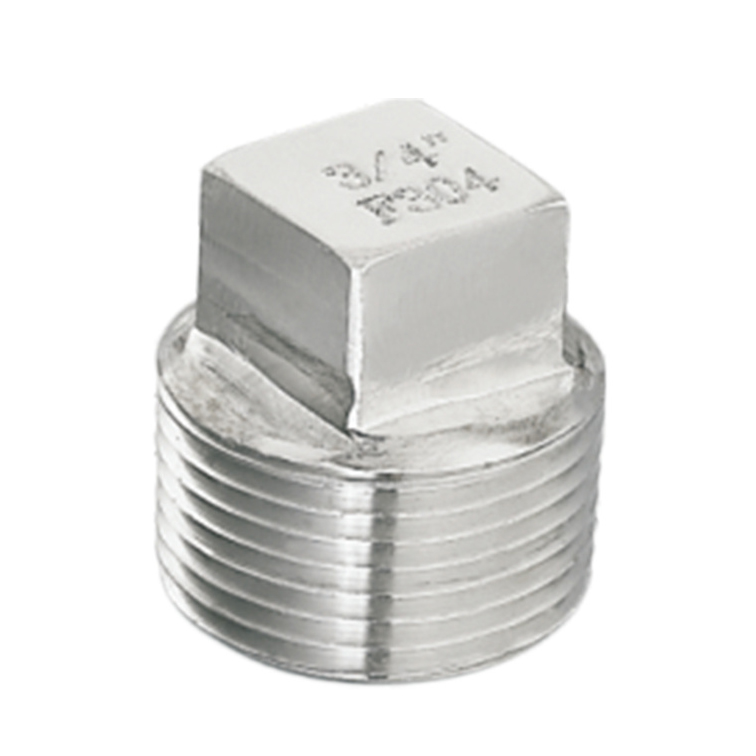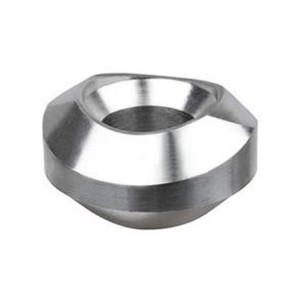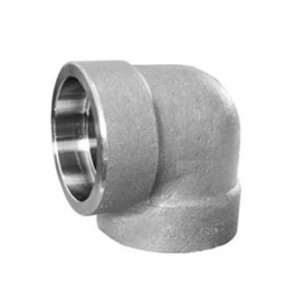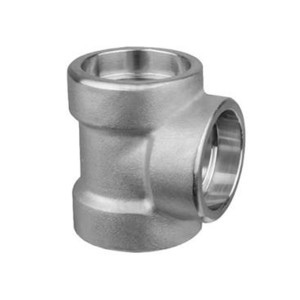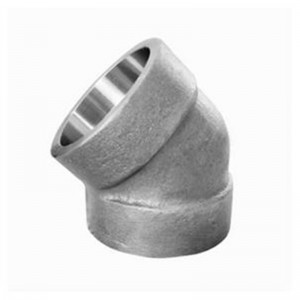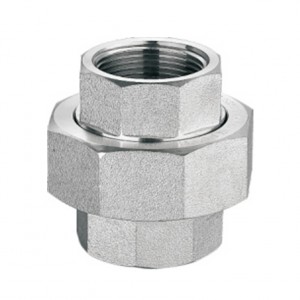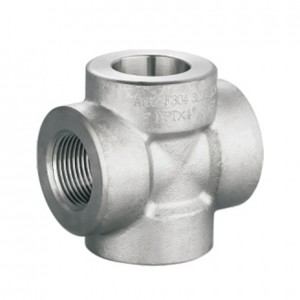a) Small plug: integral forming;
b) Large and medium plugs: splicing after forming - the most used, the requirements of the standard are mainly aimed at it;
c) Oversize plug: due to the requirements of transportation and opening and other factors, the first flap forming, after welding together.
Prevent splicing at the r-end of the dish plug to preserve its thinness and high stress.
Only radial and circumferential weld directions are permitted for stitching. In the future, large plugs might make this requirement obsolete. The splicing distance must be at least 100mm and no less than three times that amount. (The chemical composition in the welding heat affected zone, which is a high stress zone, will be burned. So stay away from the heavy area with significant tension. The stress attenuation length is larger than 3 and not less than 100mm, based on practical experience. However, refrigeration equipment has its own peculiarities that make it difficult to achieve this demand.
The terms "plug" and "head plug" are interchangeable. A mechanical fastener with the function of sealing is a plug. used in media like as water, oil, steam, and others. Plugs have the titles screw plug, plug head, and throat plug.
Metric system, British system, and American system are the divisions made by the various threads.
Hex plugs, hex plugs, cone thread plugs, square plugs, and plugs made of various materials such as plastic, cold play plugs, 45# plugs, stainless steel plugs, and copper are all categorized according to the shape of the various points.
1.NPS:DN6-DN100, 1/8"-4"
2.Pressure Rating:CL3000, CL6000, CL9000
3.Standard: ASME B16.11
4.Material:
①Stainless Steel: 31254, 904/L, 347/H, 317/L, 310S, 309, 316Ti, 321/H, 304/L, 304H, 316/L, 316H
②DP Steel: UNS S31803, S32205, S32750, S32760
③Alloy steel: N04400, N08800, N08810, N08811, N08825, N08020, N08031, N06600, N06625, N08926, N08031, N10276








